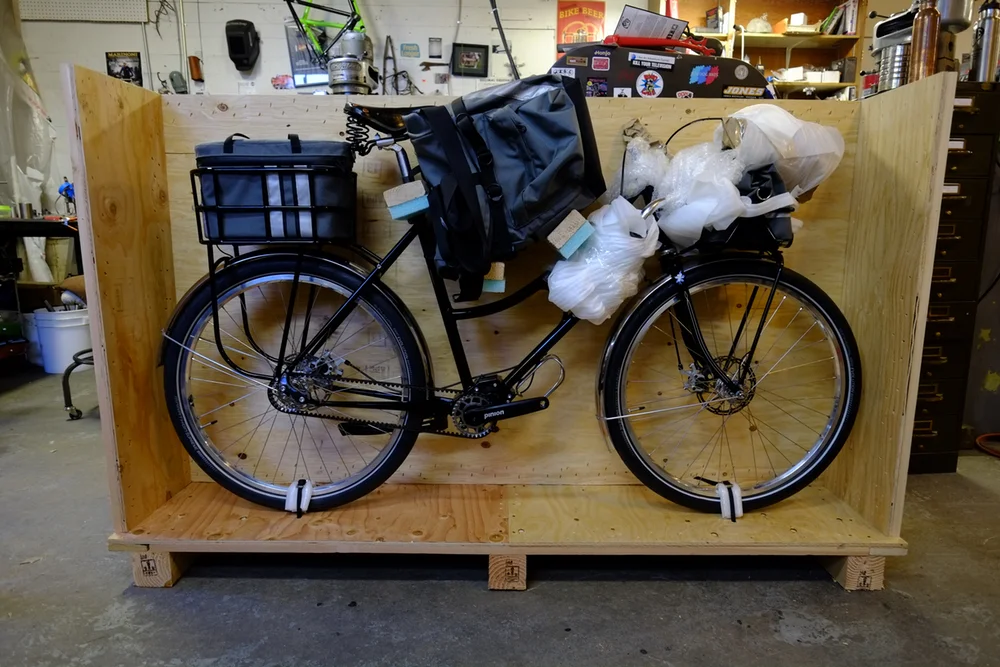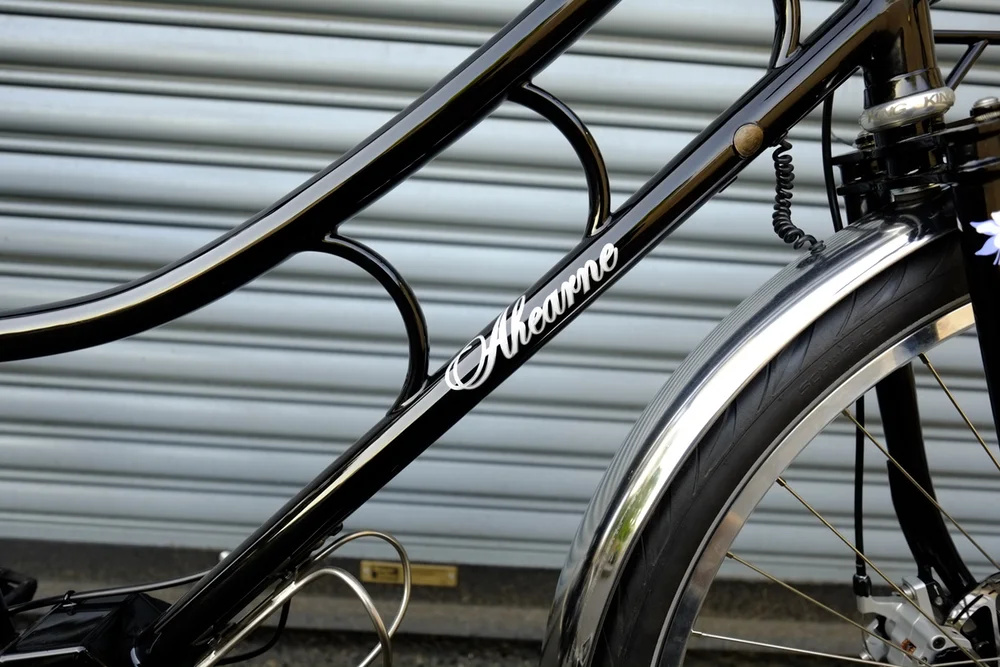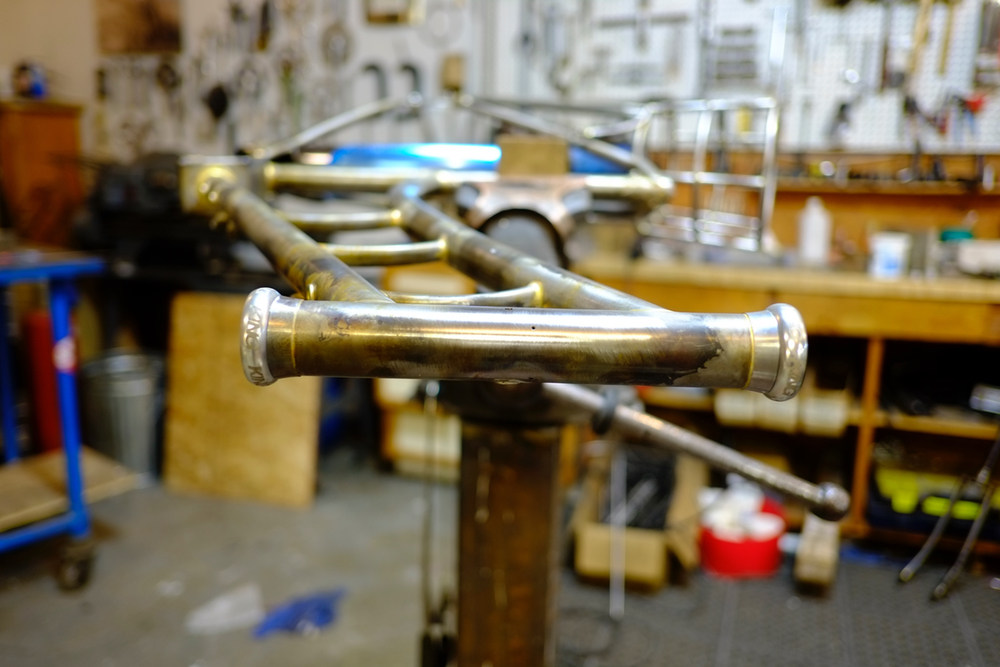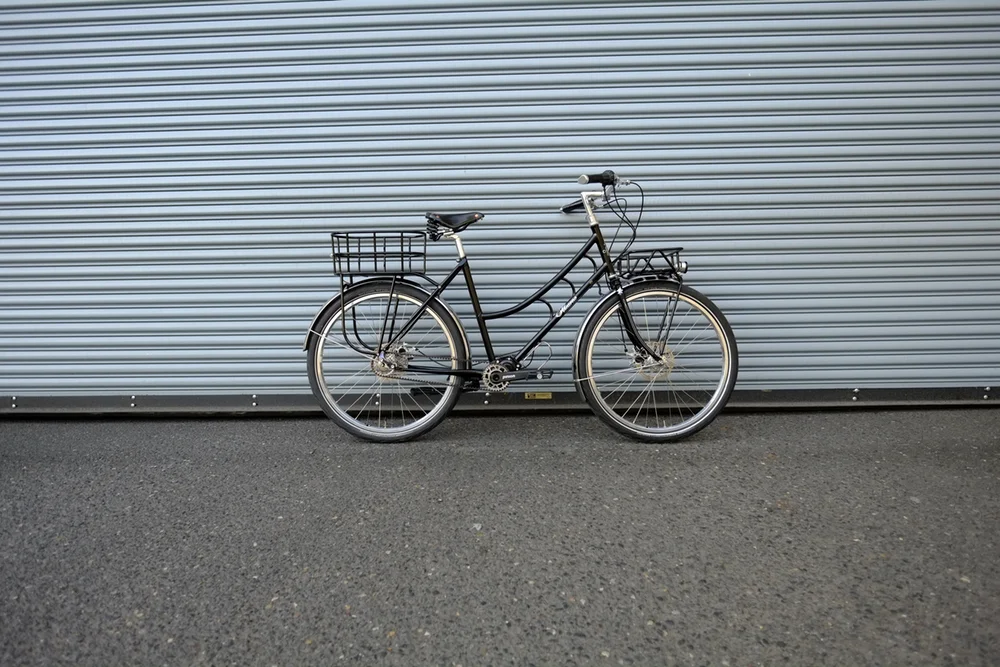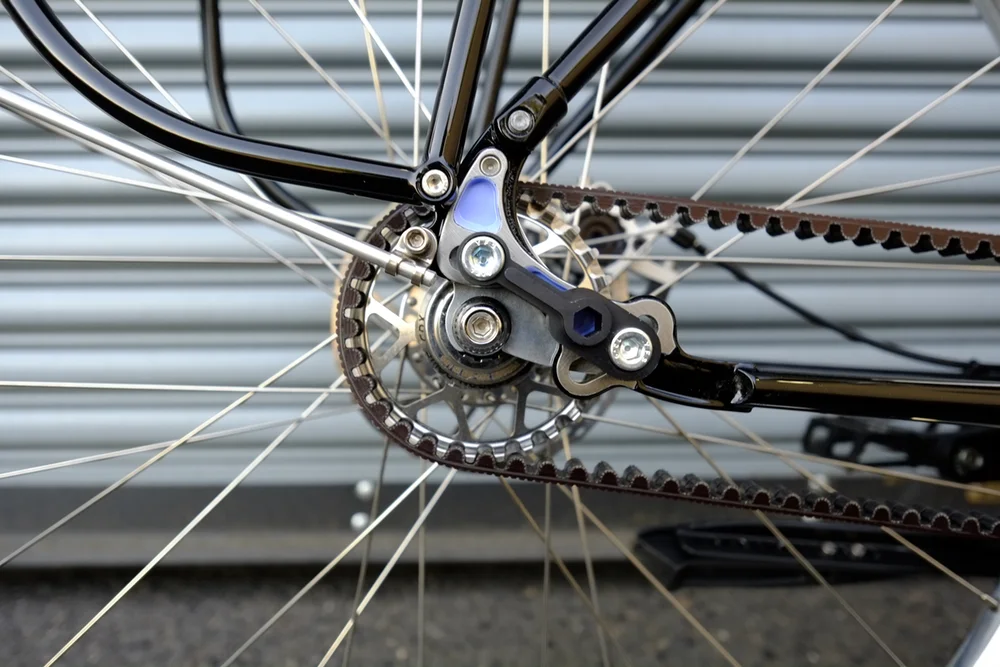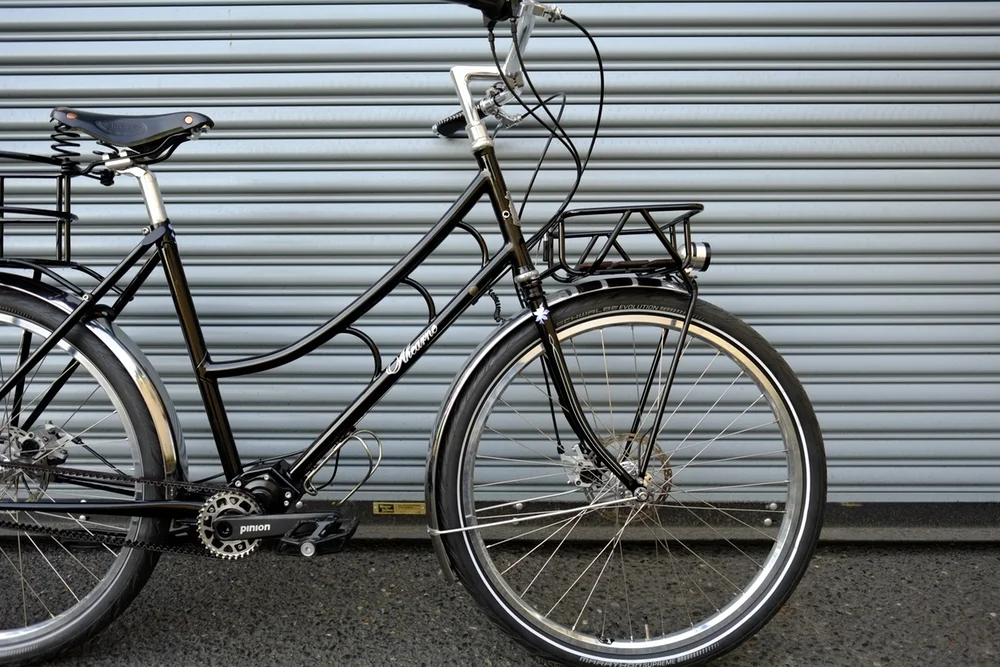A man named Dylan contacted me with questions about a Pinion build. Among other things, he asked about the weight:
"Is there any wild chance that this Pinion build can be made as a lighter-ish bike? Crazy talk?"
A couple of thoughts on this: Pinion offers four levels of gearing: 18 speed, 12 speed, 9 and 6. I’m only going to talk about the 18 speed vs. the 12 here.
There are two factors involved; gear range and weight. The 12 speed C-line weighs a hair over 4.5 pounds (2100 grams), and has a 600% range from top to bottom. This is wider than most traditional 10 speed triple drive trains. The 18 speed weighs just under 6 lbs. (2700 grams) and has a 636% gear range, which means it doesn’t have a lot more range than the 12 speed, but with smaller jumps between gears. For the weight, there’s about a 1.5 pound difference between 12 and 18 speed. The question is, how much does this matter?
12 Speed Pinion
I ride the 18 speed , and one thing I’ve noticed is that for my general around-town needs, there really are too many gears, and they’re too narrowly spaced. I often find myself skipping gears, shifting through 2 and 3 at a time. But, this is commuting, where I’ve got a lot of stops and starts, ups and downs, cars, stoplights, other cyclists, etc. Which is different from a multi-day tour. On tour I appreciate the gear options of the 18 speed because I can find the exact right gear for whatever situation I'm in. Gradual inclines, wind factor, weight, how tired my legs might be; it doesn’t matter, there’s always a gear. But would the 12 speed work for me? Fewer options, bigger gaps? It might, I’m adaptable, so long as I have a low enough gear to still pull big hills with all my stuff, then I’m guessing I’d probably be just fine.
My other thought on this is, my bike is first and foremost a touring bike. Yes, I may take day trips into the hills around Portland, but I need this bike to be stable and sure when carrying weight for multi-day trips. Tent, sleeping bag and pad, stove and food and water, rain gear and appropriate clothes. A book. Camera. And I don’t always buy the absolute lightest gear. Just because it’s feather weight doesn’t mean it’s the best for me. Everyone has their own ideas on comfort vs. what they want to push around, which, you’ve got to figure that out for yourself. What I’m saying is, when touring, weight isn’t the first issue, and so I’m not going to worry about the difference between 4.5 lbs compared to 6 lbs in the gearbox. That doesn’t matter to me at all.
Touring or Commuting?
This leads me to the next obvious question for anyone thinking about what kind of bike they want. I believe you have to look honestly at what sort of riding you intend to do. Do you want to go on light tours, maybe 2 or 3 day trips, possibly staying at hotels along the way? Do you want to do long day rides on a lighter bike carrying minimal gear? In these cases, I’d say yes, go for the 12 speed and let me build you a bike with lighter tubing. But if you want this bike to serve you well on longer tours, then the bike has to be built for that. If you compromise, you end up with a bike that doesn’t work optimally under certain conditions. In this case, the weight of the gearbox doesn’t matter as much as what it offers in range and gear choice.
The short answer to the question about weight, then: Yes, a lighter bike can be built with a Pinion system. But this question bounces right back at you: How are you going to use the bike? Think about that, and let’s talk some more.






